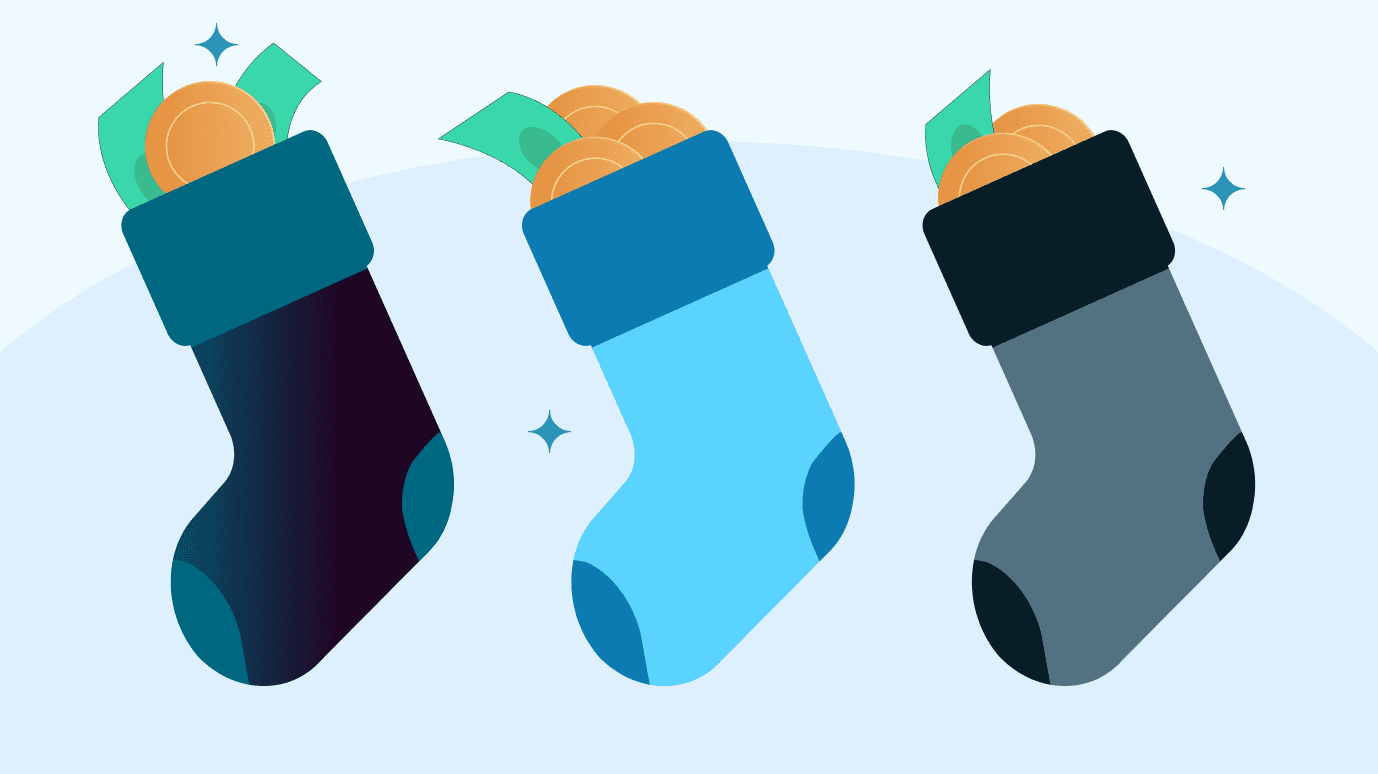Jan 26, 2018
How Custodial Accounts Can Help Your Kids Learn About Investing
Custodial accounts can teach your kids basics of investing.

Imagine if you could teach your children the basics of investing, they might have an important leg up when they become adults. What you teach them could pay off in dividends—literally.
They could gain more confidence by knowing the difference between stocks, bonds, mutual funds, and exchange-traded funds (ETFs), as well as the difference between a 401(k) and an individual retirement account, or IRA. This information can help them throughout their adult lives, even into retirement.
One way to start teaching your child about investing is through something called a custodial account.
What is a custodial account?
A custodial account is a type of savings account that lets you put money away for your children. You can contribute to it until your child reaches adulthood, which is between 18 and 21 years old, depending on state law. Once you’ve funded the account, you can invest the cash just like you would in any other investment account, in stocks, bonds, mutual funds, and ETFs.
Here’s something important to keep in mind: Once you’ve set up a custodial account for your child, and it’s considered a permanent gift to the child, and they own it and control it once they become adults. In other words, you can’t take the money back—it’s your child’s money the moment you set up the account.
If you decide to pull money out of the account, it must be for the child’s exclusive benefit and not your own. That means you can’t use it to pay for things like the family grocery bills, rent, or a family vacation.
You can use the money in the account to pay for educational expenses, tutoring or computer equipment, for example.
Another potential use for a custodial account could be to teach your child about investing.
Why custodial accounts can help teach teach your kids to invest
Think of a custodial account as a set of training wheels that can get your kids excited about the world of investing. With a custodial account, you can teach them the difference between a stock and a bond, a mutual fund and an exchange traded fund, or ETF. You can also teach them about what returns are, and how to diversify. For example, they can help you choose the stocks of companies they’re excited about and influence their daily lives, which could include Apple, Disney, Facebook, or Nike.
Important lessons
Your children can check these stocks periodically, and see how they perform over time. While they might see stocks go up, they’re also likely to see them go down. That can spark a discussion between you and them about how the investing road is not always linear—it gets bumpy, and sometimes they may even lose money.
Remember, investing with a custodial account holds the same risks as investing with any other account. Your investment may go up or down, depending on the markets.
Furthermore, custodial accounts are considered an asset for your child. That could interfere with his or her ability to get financial aid, according to the Financial Industry Regulatory Authority (FINRA).
What if I don’t know how to invest?
You might be thinking: “This is great, but I can’t help my child invest, because I don’t even know how to do it myself.”
Fair point. But that doesn’t mean you can’t learn. The basics of investing may seem really complicated on the surface, but they aren’t rocket science. All it takes is some studying up on your part so that you’re prepared to teach your kid.
You can find good introductory investing books at your local library, and you can listen to investing podcasts and video blogs, or read through Stash’s Learn archives to find out more.
Learning how to invest could help both you and your children have a more secure financial future.
Related articles

investing
Dec 11, 2025
How to Invest through the Holidays—Without the Stress

investing
Oct 23, 2025
Why Millions Are Canceling Disney+ and Hulu and What It Means for Investors

investing
Aug 15, 2025
Money Insights

investing
Jul 07, 2025
How to start investing: a guide for beginners

investing
Jun 04, 2025
Growth Stocks to Invest in for 2025

investing
Jun 03, 2025
Sustainable Investing Stocks to go after in 2025
By using this website you agree to our Terms of Use and Privacy Policy. To begin investing on Stash, you must be approved from an account verification perspective and open a brokerage account.
